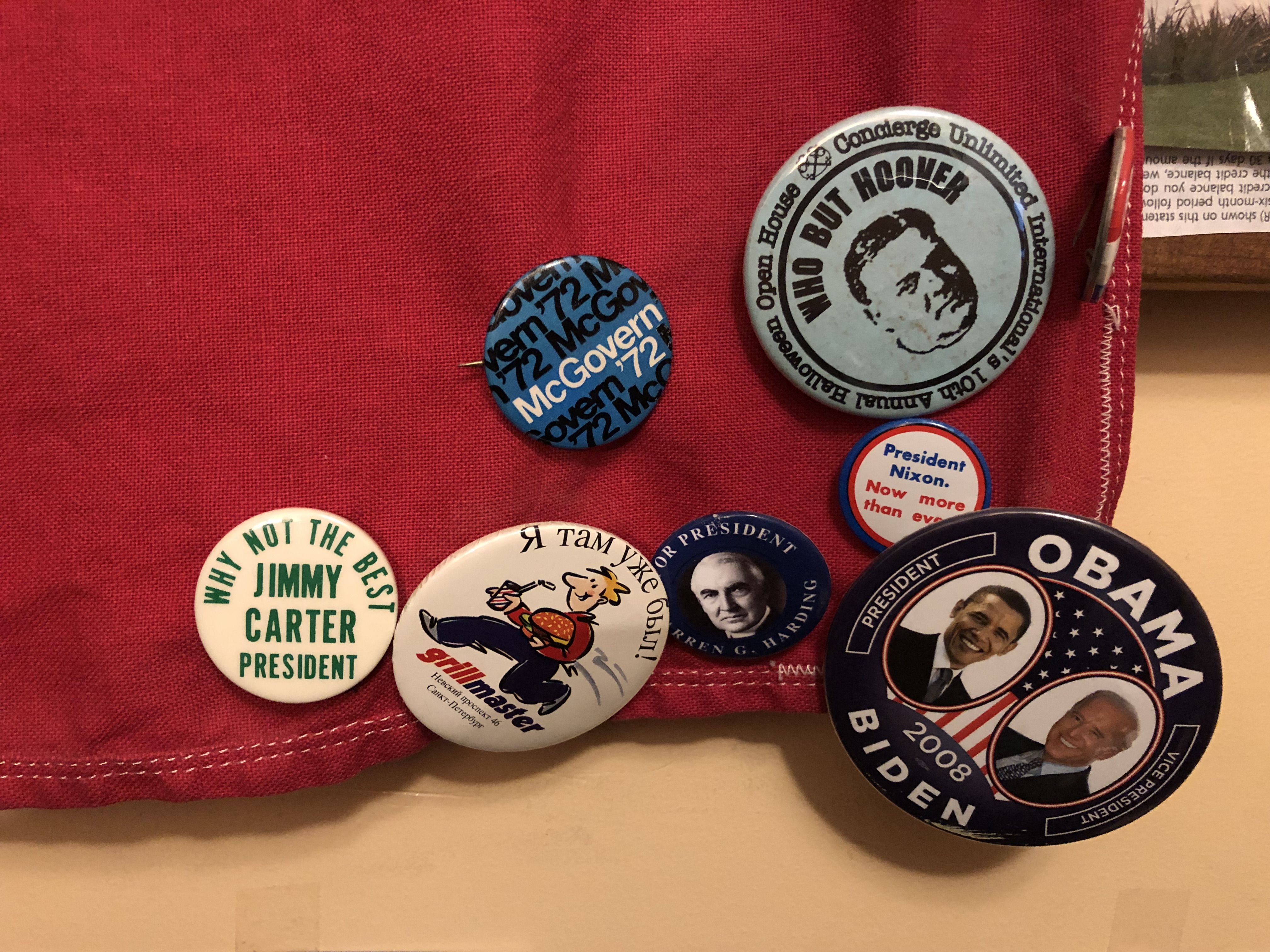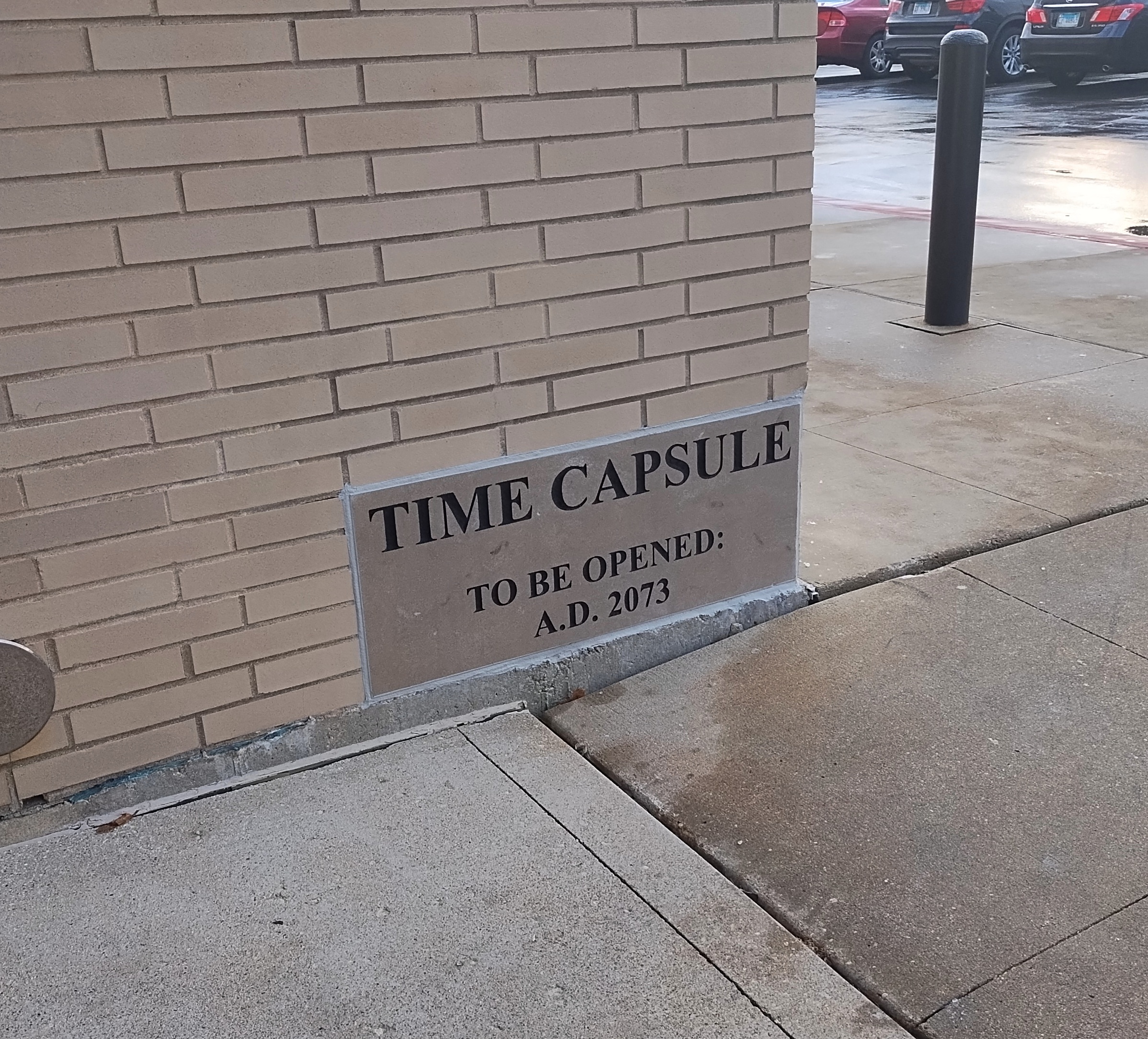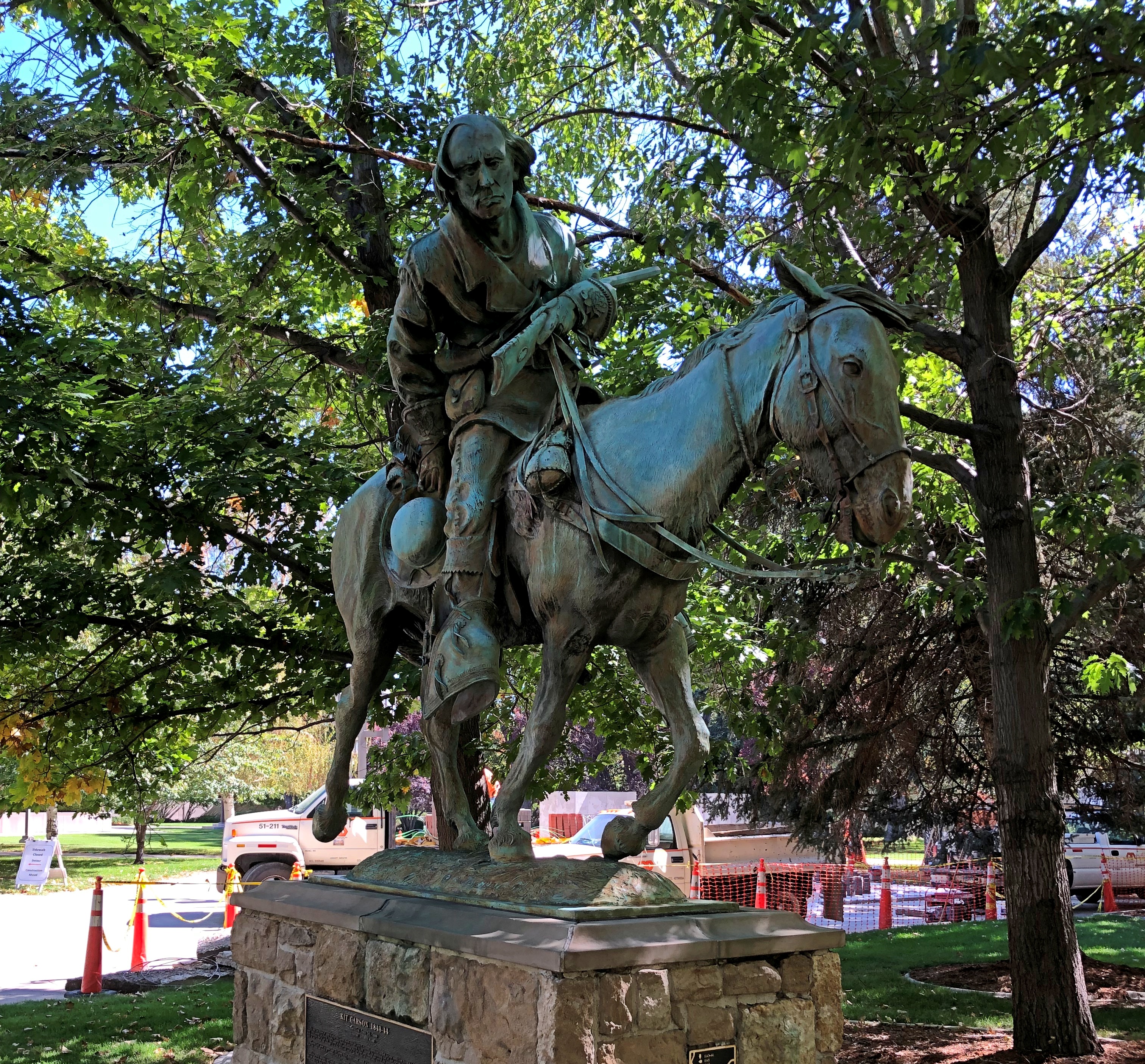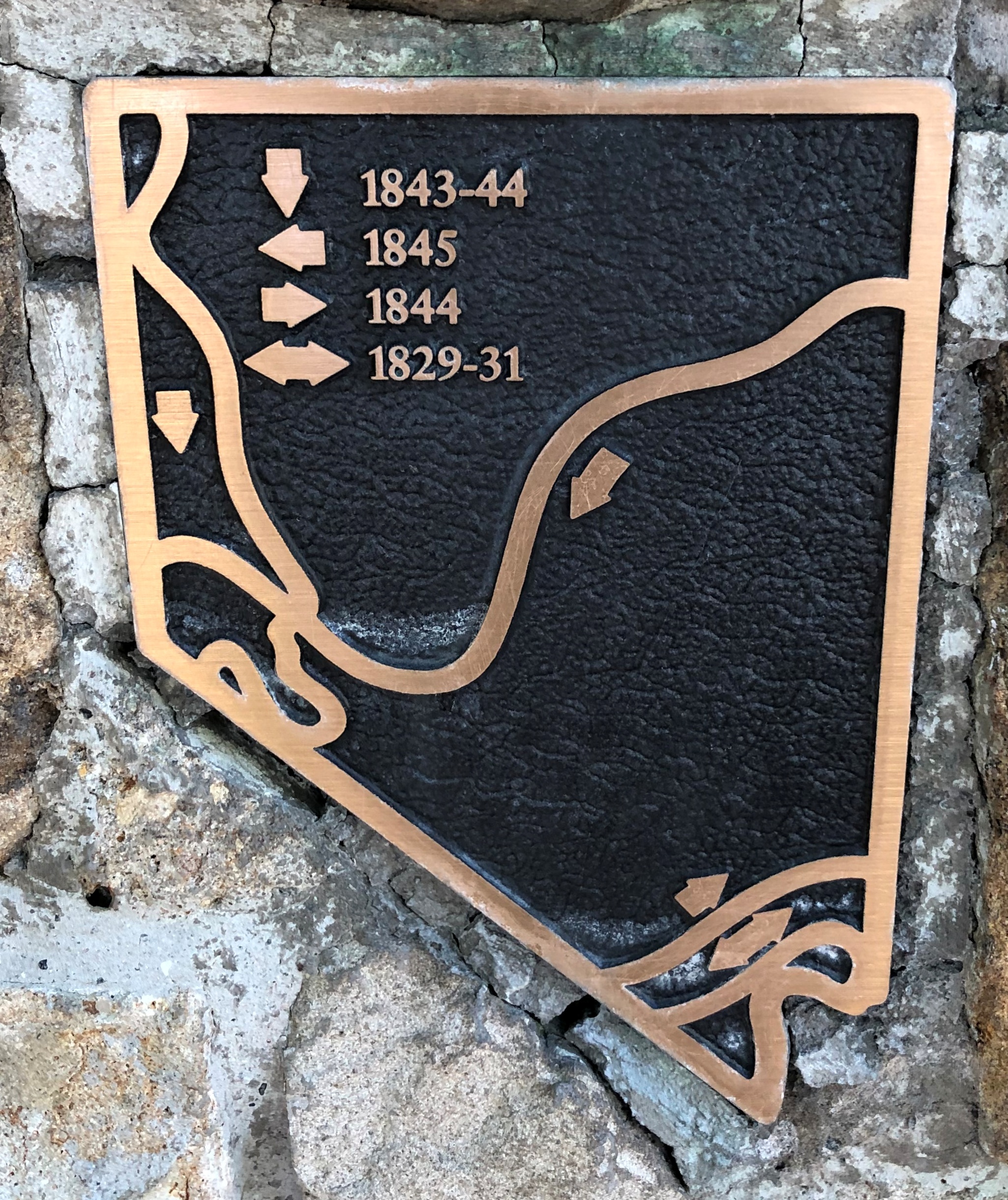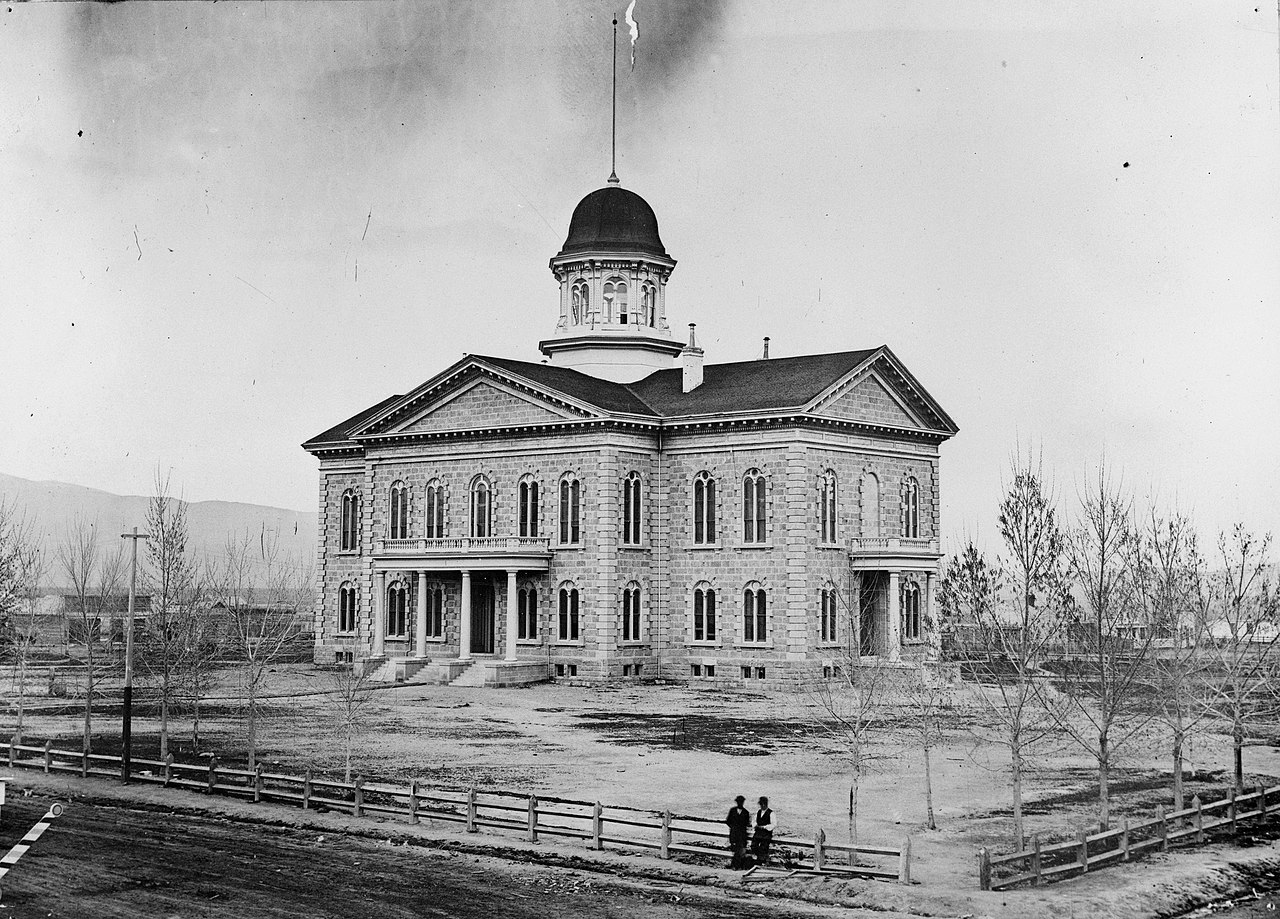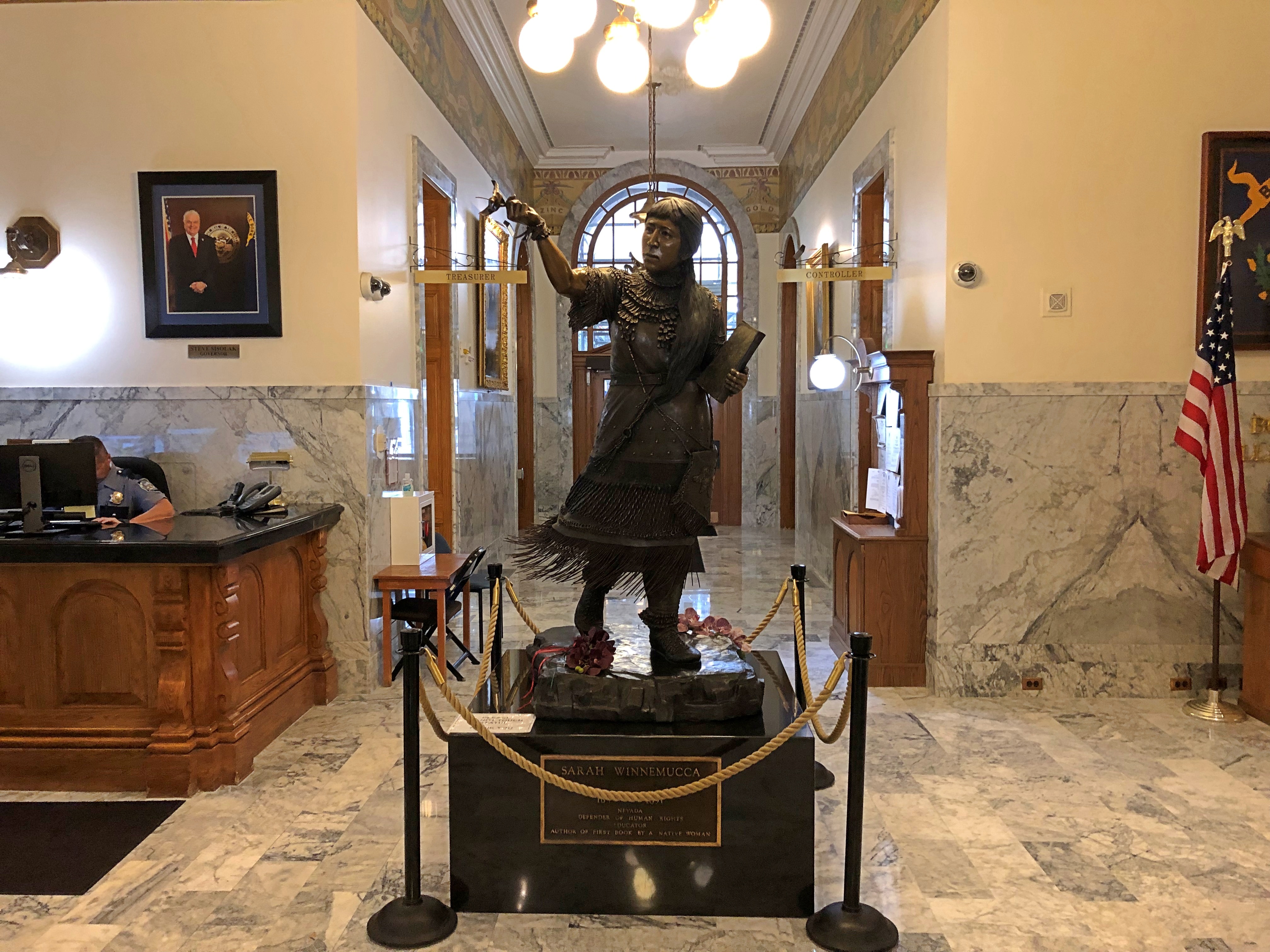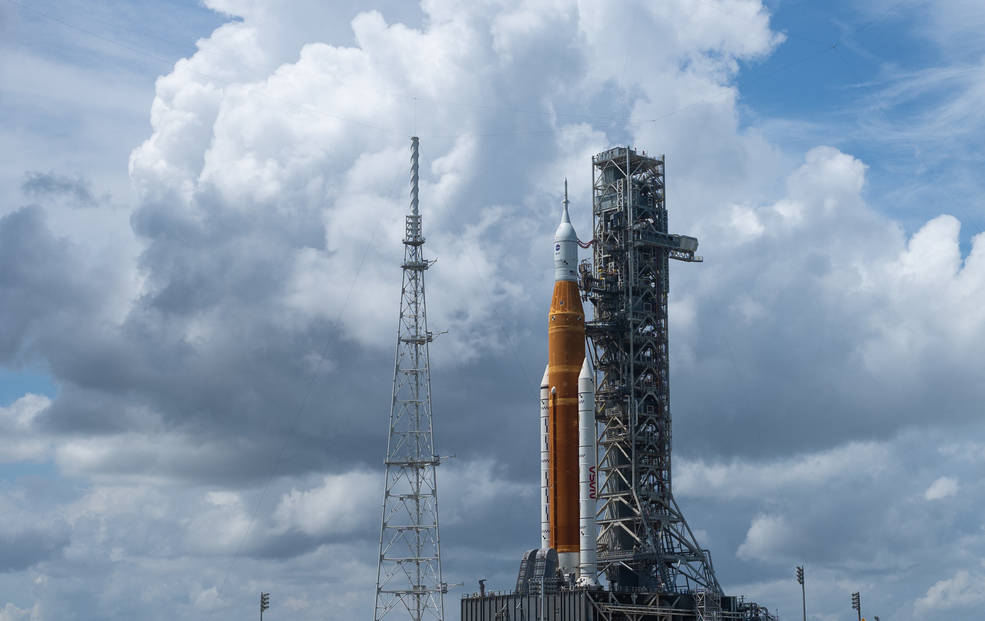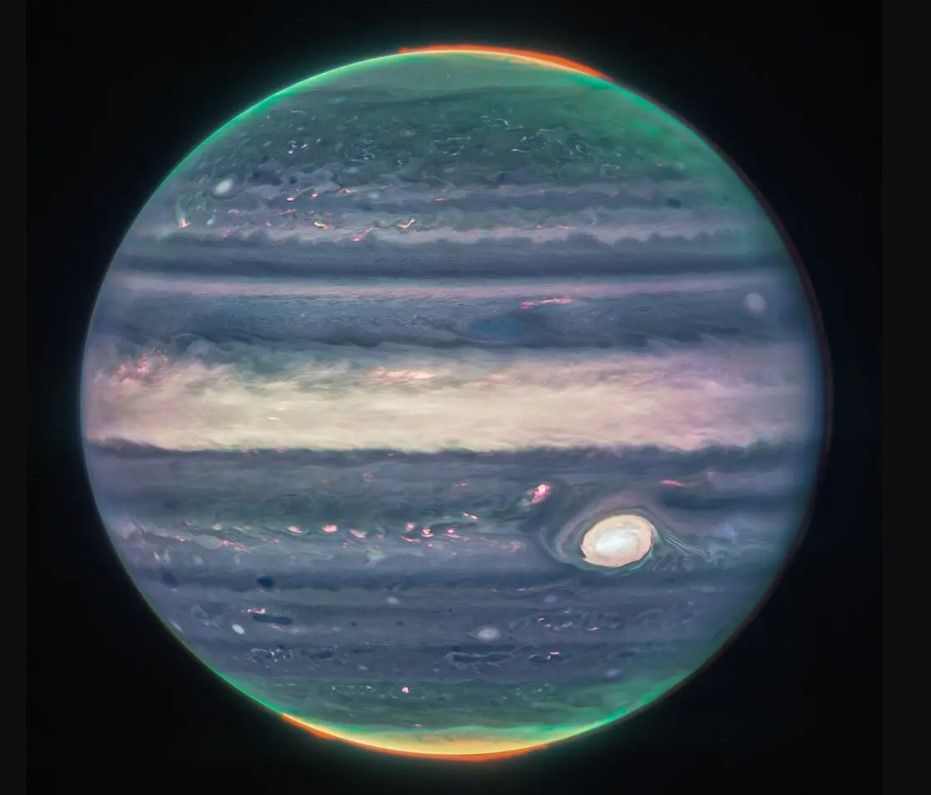Recently I took a small survey among family members about Vasco da Gama, for reasons soon to be obvious. Namely, I asked Ann whether her U.S. elementary school education, about 10 years ago now, mentioned the Portuguese explorer and his voyages. Yes, she said. I asked Yuriko whether her Japanese elementary school education an ocean away and some decades earlier did so. Yes, she said.
I should have guessed it. Da Gama didn’t go all the way to Japan himself, but paved the away – was a maritime pathfinder – for other Portuguese, who arrived in 1543, bringing firearms and Catholicism to the Japanese archipelago at a time of civil war.
Fifty years ago in South Texas, I also learned about Da Gama, the stuff of textbook paragraphs and illustrations in the chapters on the European voyages to Asia and the Americas – and in the same league as Leif Ericson and Columbus and Magellan and Drake and Hudson and Cabot. Other kids might have been uninterested, but not me. What better than accounts of exploration?
So he’s taught in American and Japanese schools across recent decades. Quite a posthumous feat.
Last week, we stood in front of Da Gama’s tomb, in the Belem district of Lisbon.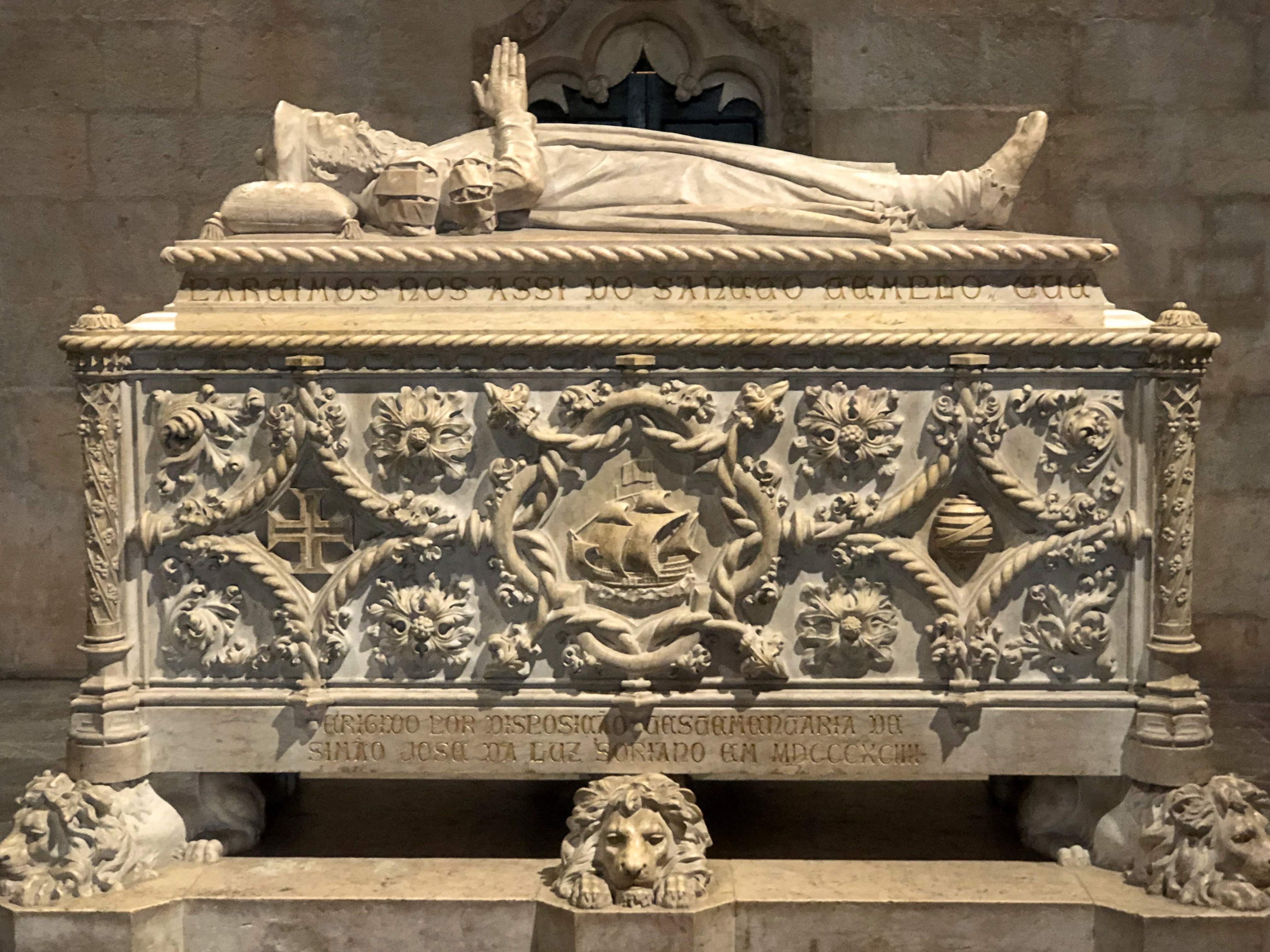
That was a moment during our recent six days in Lisbon, except for a day trip foray to Sintra, which these days seems to be a far suburb of Lisbon. We returned yesterday.
History certainly brought us to Portugal. For a smallish country, it punches above its weight in history. Including more recent history.
But that’s not all. We had some idea that the food was really good. Really, unbelievably good. It was. Pastries and pastas and seafood and sandwiches and many other true delights on our plates; coffee and tea and lemonade and beer in the glasses. We didn’t have a bad meal in Lisbon, or even mediocre.
Flour sifters decorating the ceiling of an unpretentious cafe in a mid-Lisbon hotel.
At an entire museum in Lisbon devoted to Portuguese cod fishing and cod as a staple in the Portuguese diet, you can pretend to take a small boat out on choppy waters.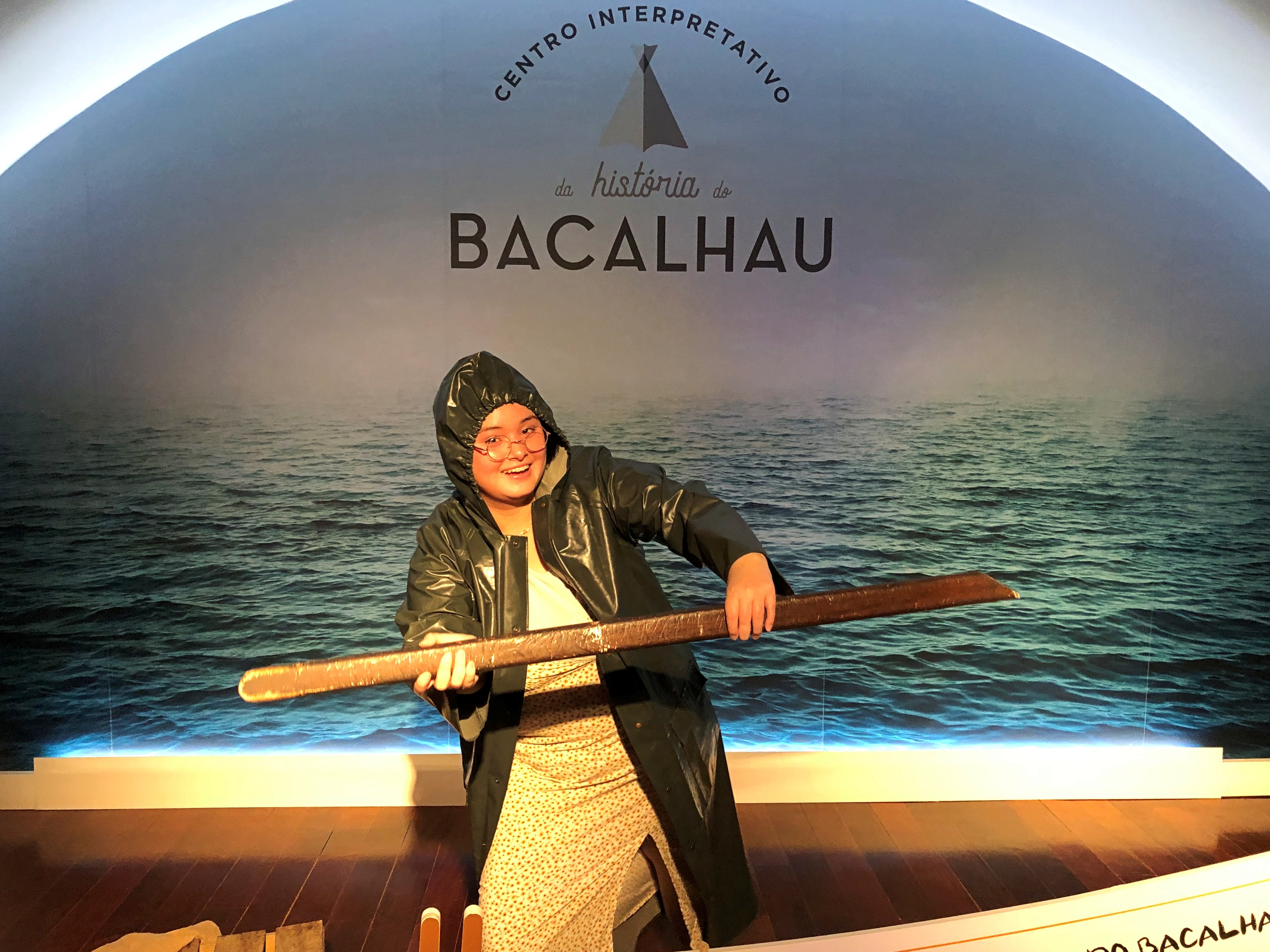
I don’t know that Lisbon has the greatest parks in Europe, but it’s got swatches of greenery.
Portuguese tiles – azulejos – decorating buildings large and small, draw your attention often enough.
You look at the azulejos for their beauty. The stone sidewalks, which were extensive on the many blocks we walked, demand attention for another reason. Their surfaces are reasonably flat. Mostly. But more than occasionally there will be damaged, irregular patches just waiting to land the unwary on their bum, or worse.

With the launch of the Age of Discovery, Lisbon embarked on becoming an international city. That might mean different things in the 21st century than it did when Prince Henry the Navigator schemed to further Portuguese exploration, but so what. The world comes to Lisbon.
The world comes in the form of millions of people every year from many corners of the Earth to this distinctive, aesthetic corner of that same planet. We were glad to join them.
